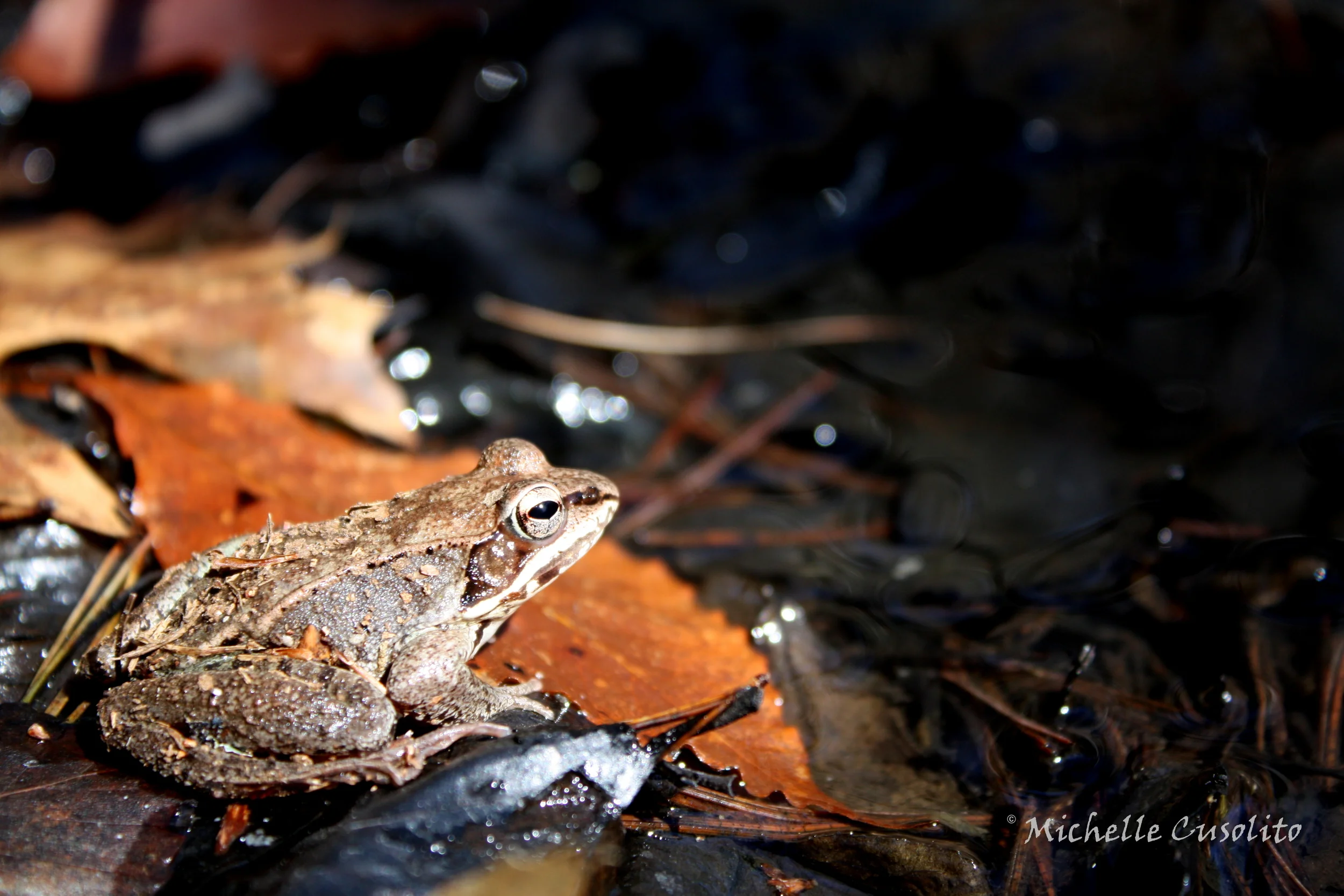Last weekend, I attended the SCBWI annual New England conference. (SCBWI is the Society of Children's Book Writers and Illustrators). As a "pre-published" children's author, I count on SCBWI to guide me on my journey toward publication. This conference offered me a chance to learn more about the organization's history, to network, and to focus on my craft. I also got to meet two giants in the business- Jane Yolen and Tomie dePaola. For anyone who teaches or has young children, these are probably household names. Many of us at the conference were giddy with excitement. Suffice it to say that they are my "rock stars."
The biggest highlights for me, however, came from connecting with other writers and meeting some lesser known writers I admire. In my next two posts, I'll focus on two of those writers and their books.
As my long-term readers know, my father-in-law and I took up beekeeping two years ago. So when I first saw Loree Griffin Burns' book The Hive Detectives at my local library last fall, I checked it out immediately. This book focuses on the current research to determine the causes of Colony Collapse Disorder (CCD). CCD is the name given to the unknown cause(s) of the huge die-out of honey bees you've heard about in the news. I devoured the book, then insisted my father-in-law read it even though it's a "kids book." I shared it with my son's science teacher. I also held it up at a viewing of the film Vanishing of the Bees at the Bioneers by the Bay conference last fall. To say I love this book would be an understatement.
What makes Hive Detectives so wonderful?
In a workshop I attended with Loree, she told us that she allowed herself to be stung so she could understand what it felt like. That experience informed her writing and resulted in a great photograph for the book (See page 41). More and more authors are doing this kind of in-depth research.
So what does this all mean? Kids get access to the latest, most up-to-date information presented in interesting, engaging new formats. This is great for any kid, but may be especially important for the many, many boy readers who tend to prefer non-fiction.
After reading a book like this, many children will pay closer attention to the bees they observe. That attention offers the perfect opportunity for you as a parent or teacher to support a bee investigation.Think there are no honeybees around? There's a good chance there are. Backyard and urban beekeeping are on the rise. Some restaurateurs in Washington DC are keeping bees on the roof of their building and using the honey in their restaurant. Last fall, I met a woman who keeps rooftop bees in the Bronx. Honeybees in the Bronx! Isn't that amazing?
Have you or your children been inspired by some great non-fiction lately? What are your favorite non-fiction titles for kids?
The biggest highlights for me, however, came from connecting with other writers and meeting some lesser known writers I admire. In my next two posts, I'll focus on two of those writers and their books.
As my long-term readers know, my father-in-law and I took up beekeeping two years ago. So when I first saw Loree Griffin Burns' book The Hive Detectives at my local library last fall, I checked it out immediately. This book focuses on the current research to determine the causes of Colony Collapse Disorder (CCD). CCD is the name given to the unknown cause(s) of the huge die-out of honey bees you've heard about in the news. I devoured the book, then insisted my father-in-law read it even though it's a "kids book." I shared it with my son's science teacher. I also held it up at a viewing of the film Vanishing of the Bees at the Bioneers by the Bay conference last fall. To say I love this book would be an understatement.
What makes Hive Detectives so wonderful?
- Carefully researched information (with documentation of sources in the back matter).
- Well-written, engaging narrative.
- Impeccable book design (by Cara Llewellyn).
- Beautiful, informative photographs (by Ellen Harasimowicz).
- Quotations from "real-live" beekeepers and scientists who are on the cutting edge of scientific research.
In a workshop I attended with Loree, she told us that she allowed herself to be stung so she could understand what it felt like. That experience informed her writing and resulted in a great photograph for the book (See page 41). More and more authors are doing this kind of in-depth research.
So what does this all mean? Kids get access to the latest, most up-to-date information presented in interesting, engaging new formats. This is great for any kid, but may be especially important for the many, many boy readers who tend to prefer non-fiction.
After reading a book like this, many children will pay closer attention to the bees they observe. That attention offers the perfect opportunity for you as a parent or teacher to support a bee investigation.Think there are no honeybees around? There's a good chance there are. Backyard and urban beekeeping are on the rise. Some restaurateurs in Washington DC are keeping bees on the roof of their building and using the honey in their restaurant. Last fall, I met a woman who keeps rooftop bees in the Bronx. Honeybees in the Bronx! Isn't that amazing?
Have you or your children been inspired by some great non-fiction lately? What are your favorite non-fiction titles for kids?

